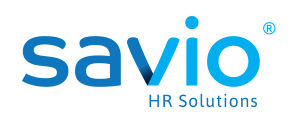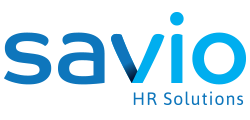Training the workforce for AI readiness requires preparing employees with knowledge, skills, and the mindset to collaborate with, and adapt to AI-driven tools and processes. Preparing a structured approach that can be used is essential. Let us talk about it.
- Build Awareness and Understanding
AI Fundamentals Training: This provides workshops or e-learning modules on what AI is and is not, how it works, and its applications in your industry.
Address misconceptions such as AI replacing all jobs and focusing on opportunities,
Share real-life examples of AI being applied within the organization.
- Assessing Skills and Needs
Skill Gap Analysis: Identify which roles are most likely to be impacted by AI adoption.
Make sure employees are comfortable with data, digital tools, and basic analytics.
Define how AI will connect with existing roles.
- Provide Targeted Training
AI Tools Training: Provide firsthand training with the specific AI tools your organization plans to utilize such as chatbots and visualization tools.
Train employees on responsible AI use, data privacy, and bias awareness.
- Encourage Adaptability and Continuous Learning
Soft Skills Development: Embracing critical thinking, problem-solving, adaptability, and collaboration will be key as AI develops.
Remember that learning AI is an ongoing process, not a one-time training.
- Foster Collaboration Between Human and AL
Scenario Workshops: Practice significant business challenges with AI tools to demonstrate how decisions improve with augmented intelligence.
Show employees how AI can support and not replace their expertise.
- Generate an AI-Ready Culture
Leadership: Leaders should model AI adoption and continuous learning.
Collect employee feedback on AI tools and training effectiveness.
Provide ongoing support that could include regular refreshers and resource hubs.





